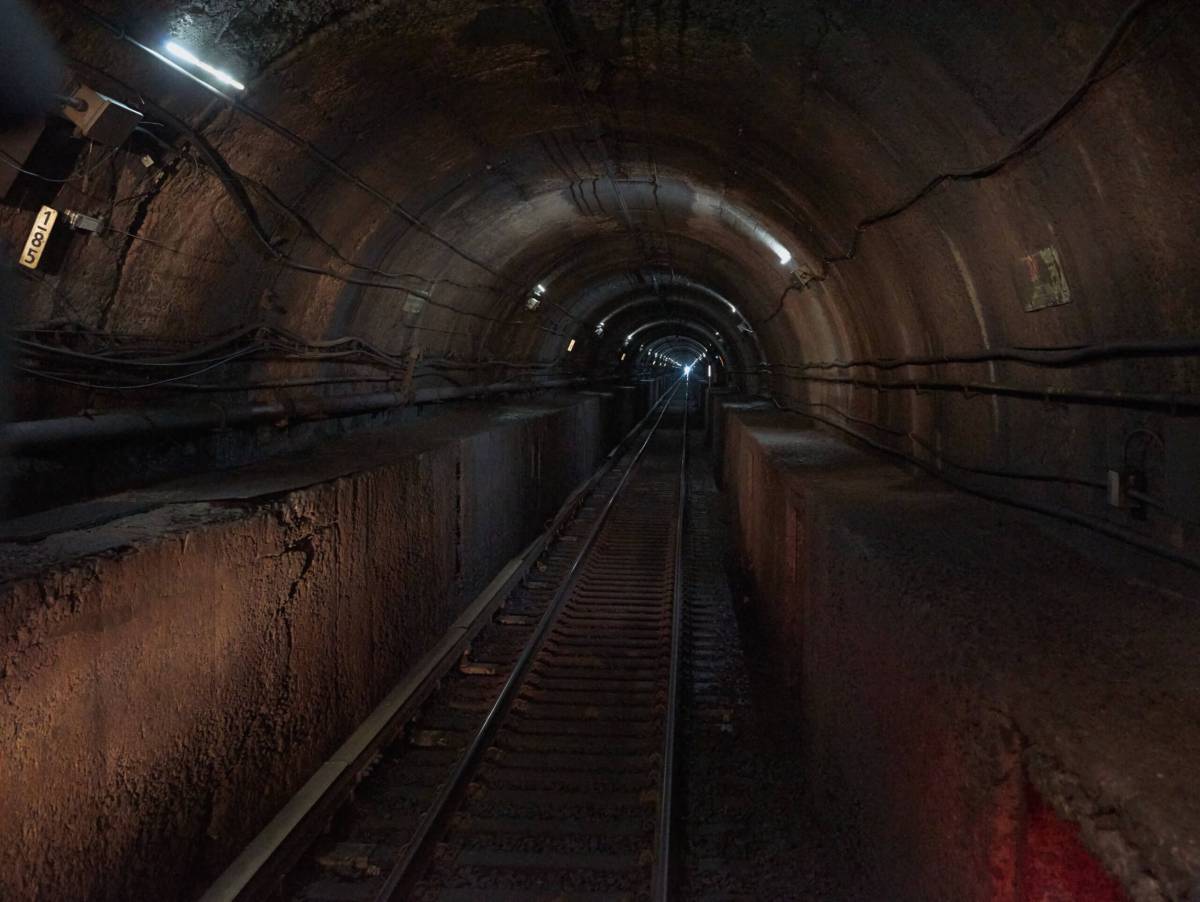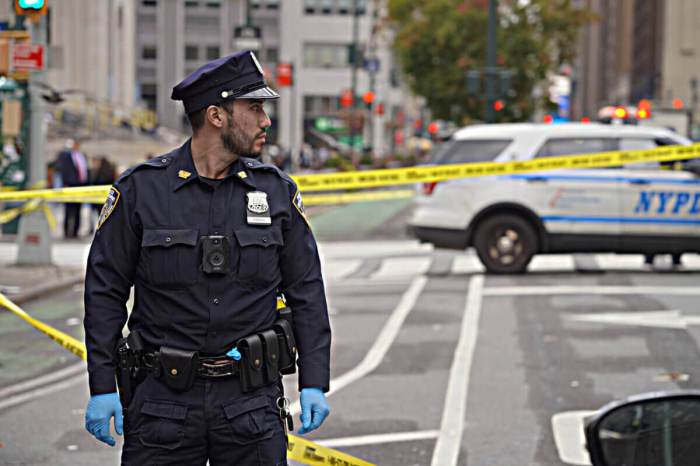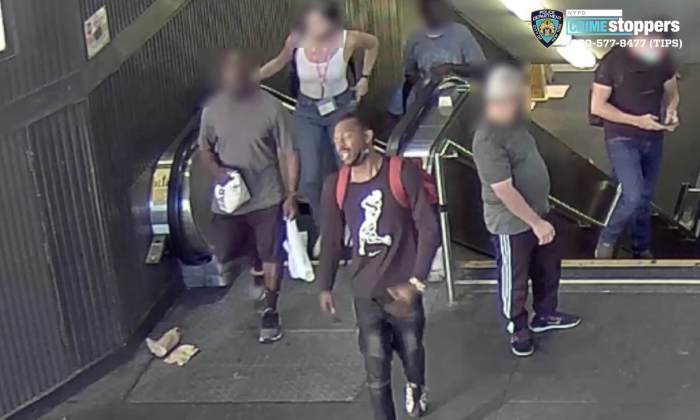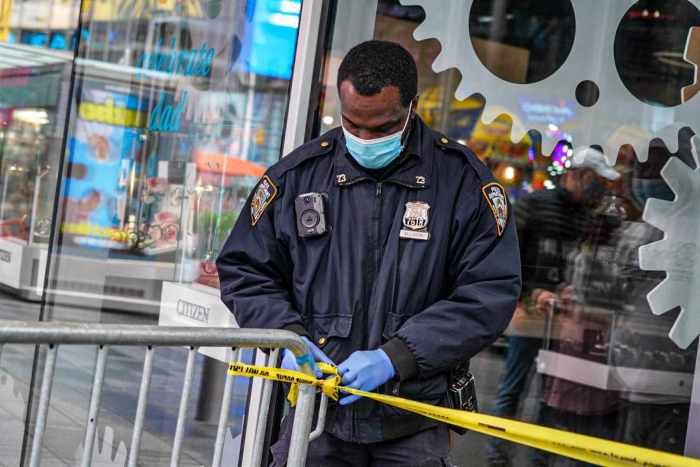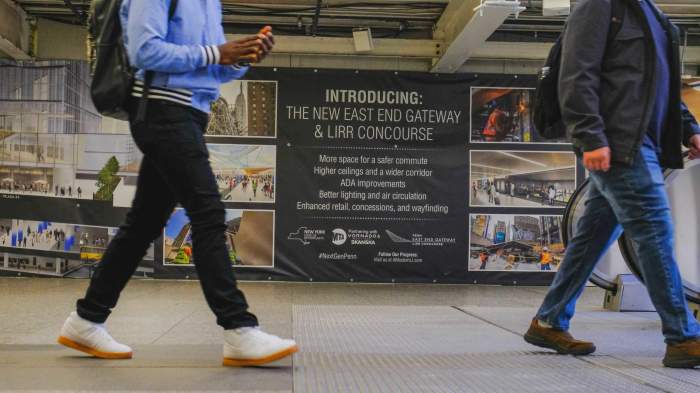Transit officials in New York and New Jersey must get going on the massive Gateway rail tunnel project beneath the Hudson River, as researchers with the Regional Plan Association predict ridership across the river will rebound and even rise above pre-COVID levels by the end of the decade.
Leaders from both states and the federal government need to come to an agreement on the $11.03 billion scheme’s financing soon or risk losing funding from Washington if Democrats — who have been supportive of the mega-project — can’t keep their majorities in Congress in the upcoming midterm elections.
“We have a window of opportunity, a once in generations opportunity, where there’s a supportive federal government and federal partners and funding and leadership in both New York and New Jersey and New York City,” said RPA’s President and Chief Executive Officer Tom Wright at a press conference in Penn Station.
“This window will close and New York has lost funding before to other parts of the country,” Wright added.
RPA researchers published a report Wednesday estimating that trans-Hudson commutes would return to pre-pandemic levels of about 466,000 weekday trips by around 2030, roughly when the tunnel project would wrap.
The forecast is based on four scenarios with different rates of people returning to offices and population growth that is either similar to the 30 years before COVID or half of that.
Even if more people continue to work from home, the region’s growth — especially in northern New Jersey — will result in ridership coming back to 2019 levels by that time, and the current car infrastructure has already filled up again, noted to the study’s author.
“Trans-Hudson car crossings, the bridges and tunnels, they’re already operating at pre-COVID levels, meaning there is little or no extra capacity at the trans-Hudson auto crossings to accommodate any increase in transit,” said Chris Jones, a senior research fellow at RPA. “So any growth that we do get, is going to have to come by train, bus, PATH, or ferry.”
By 2050, transit ridership on the busiest weekdays — i.e. Tuesday, Wednesday, and Thursday — could rise between 15% and 32% above pre-COVID levels, which would be impossible to carry without the extra capacity of a second tunnel, according to the report.
The Gateway project proposes to build a new tunnel beneath the river and rehabilitate the existing tube dating back to 1910, which was damaged by Superstorm Sandy in 2012.
The tunnel serves Amtrak and New Jersey Transit trains between the Garden State and Penn Station and is a crucial link on the Northeast Corridor — the busiest passenger rail line in the country.
It was slated to start construction in 2023, but Senate Majority Leader Chuck Schumer said that he wants to move it up to 2022, adding that the feds are “full speed ahead to get Gateway done” during a visit to Penn Station with Transportation Secretary Pete Buttigieg a year ago.
The project’s timeline is about 6-7 years, officials said at the time.



